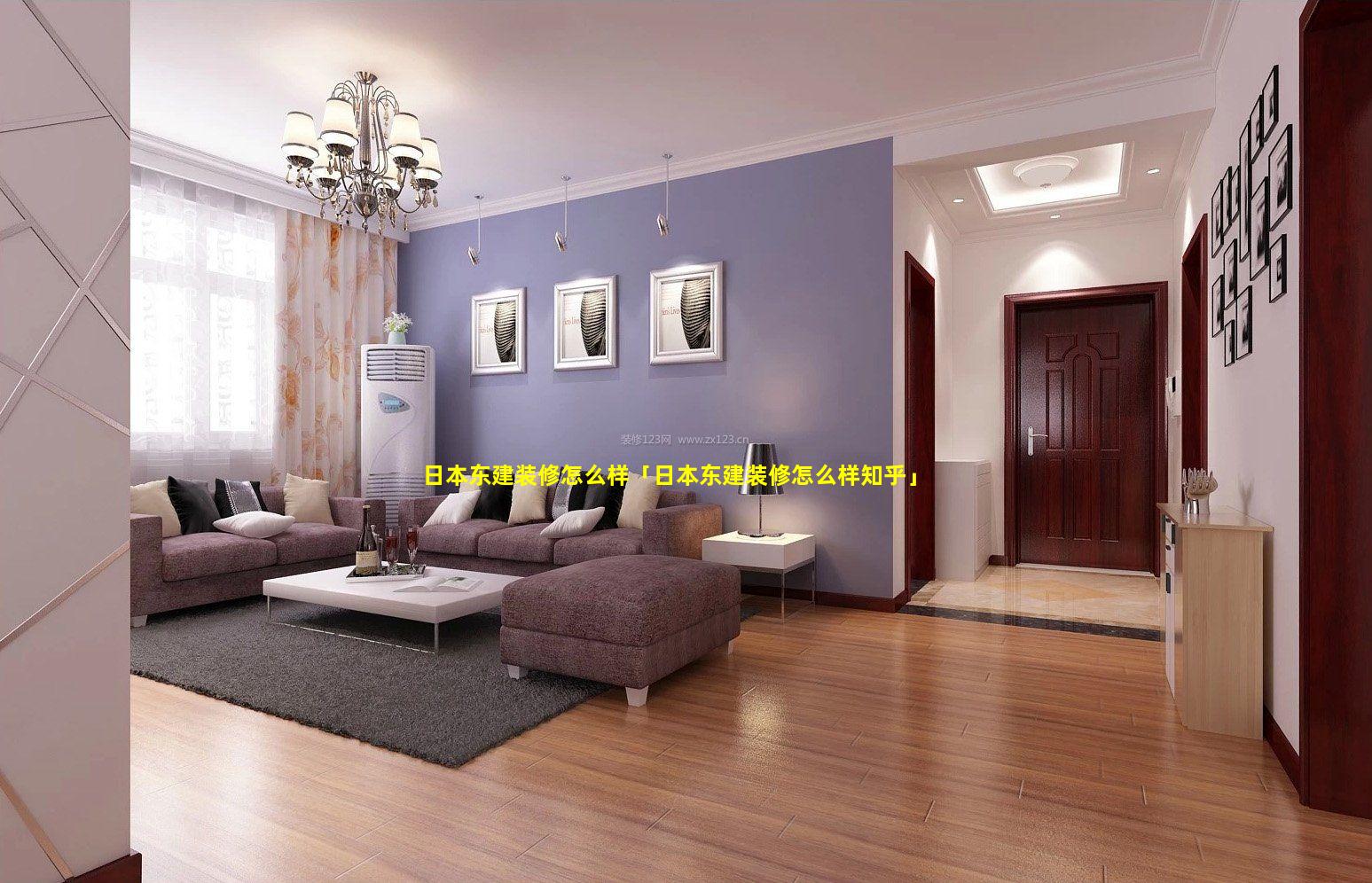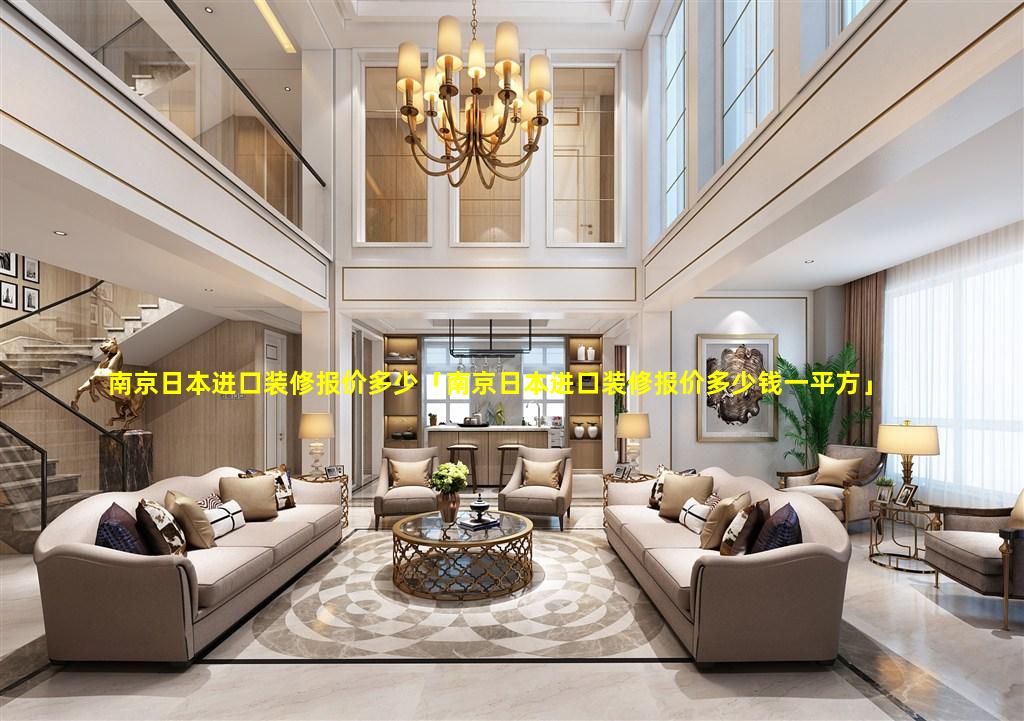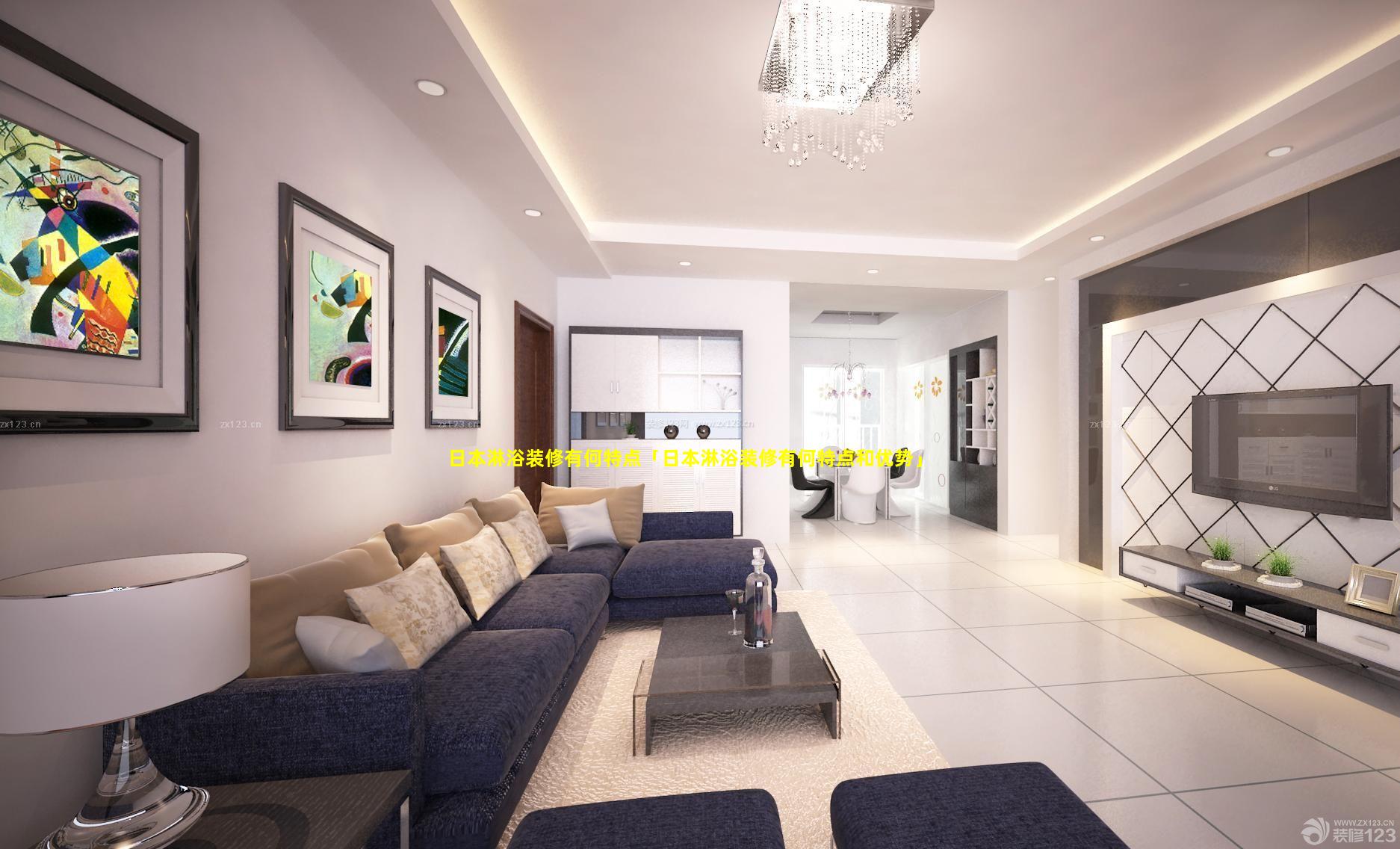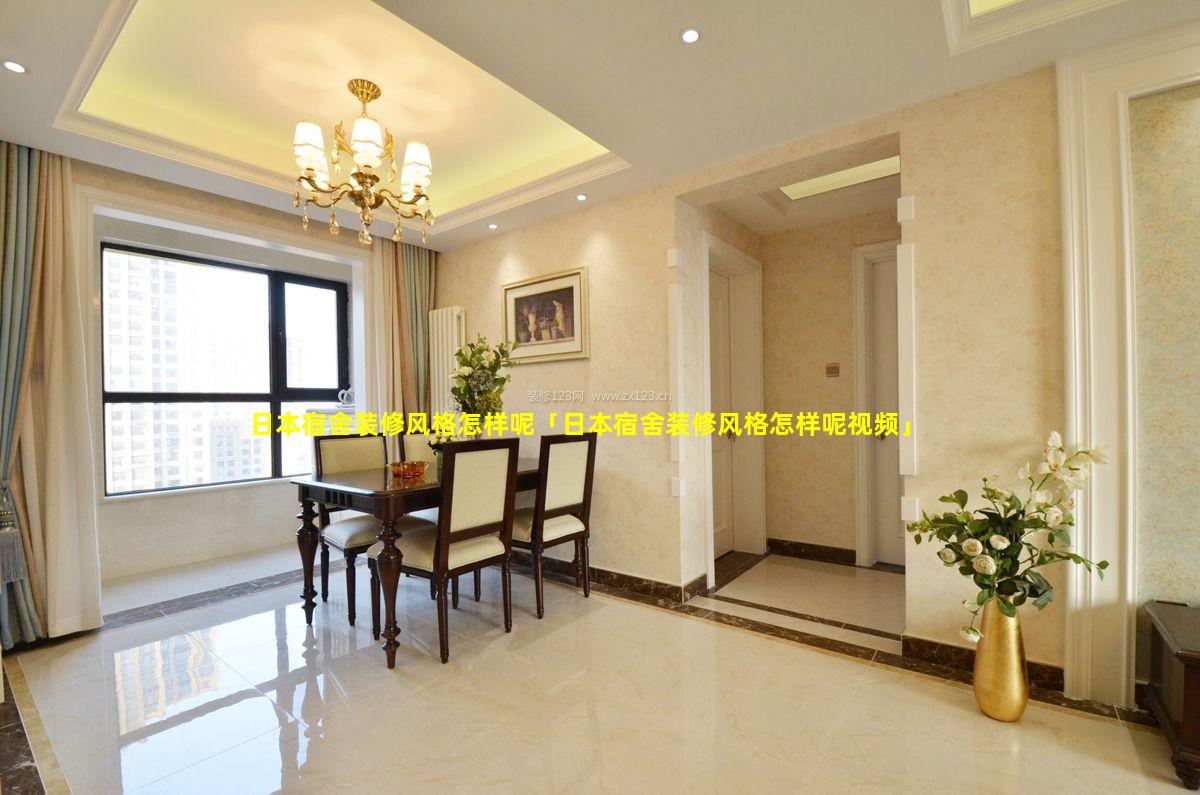1、日本和室装修效果图什么样
日本和室装修效果图
特征:简约优雅,线条简洁
使用天然材料,如木、竹、纸
榻榻米地板,营造宁静舒适的氛围
推拉门或障子门,创造通风和通透感
传统的元素,如木结构、屏风、提灯
布局:和室通常位于房屋的中心位置,作为接待客人或放松休息的地方
四面设有推拉门或障子门,方便与其他房间相连
榻榻米地板通常以“畳”为单位排列,每个畳约为90 x 180 厘米
材料:地板:榻榻米
墙面:纸障子、土墙、木墙
天花板:木质天花板、竹编天花板
推拉门/障子门:木框架,纸或木板
家具:低矮的桌椅、蒲团
配件:屏风、提灯、花器
色彩:以自然色调为主,如米色、棕色、绿色
点缀以鲜艳的色彩,如红色、蓝色、黄色,用于屏风或提灯
典型和室:现代和室:线条更简洁,使用现代材料,如透明玻璃和 LED 照明。
传统和室:完全使用天然材料,营造出浓郁的传统氛围。
兼用和室:既能作为和室,也能通过折叠榻榻米作为普通房间使用。
2、日本和式住宅室内布局
日本和式住宅室内布局
和式住宅是日本传统住宅风格,强调空间利用、自然光线和与自然的和谐。以下是其室内布局特征:
入口玄关(玄关)
玄关位于住宅的入口处,是进出住宅的过渡空间。
通常有一个称为“土间”的凹陷区域,用于脱鞋和存放雨伞。
玄关还可能设有储物柜或鞋架,用于存放鞋子和其他物品。
会客室(座敷)
会客室是住宅的正式接待区,通常位于玄关附近。
传统上,会客室铺有榻榻米地板(一种用稻草制成的编织垫子)。
会客室通常设有低矮的桌子和坐垫,供客人落座。
卧室(寝室)
卧室通常位于住宅的后面或二楼。
传统上,卧室也铺有榻榻米地板,寝具包括一床薄垫子(称为“ futon”)和一个枕头。
卧室通常设有拉门或障子纸窗户,以提供隐私和自然光线。
厨房(台所)
厨房通常位于住宅的后面或一侧。
传统上,厨房设有开放式灶台和下沉水槽。
厨房也可能设有嵌入式电器和橱柜。
浴室(お風呂)
浴室通常位于住宅的后面或二楼。
传统上,浴室设有一个大型浸泡式浴缸(称为“ ofuro”)和一个淋浴间。
浴室也可能设有马桶和盥洗池。
其他特征:拉门: 这些滑动门用于分隔房间或提供通往外界的通道。
障子纸窗户: 这些纸制窗户允许自然光线进入,同时提供隐私。
壁龛: 这些壁龛用于展示艺术品、花卉或其他装饰品。
缘侧: 这是一个有盖的走廊,连接住宅的不同部分,并提供观赏花园的场所。
随着时间的推移,现代和式住宅的布局有所演变,但传统元素仍然可见。和式住宅仍然强调空间利用、自然光线和与自然的和谐。
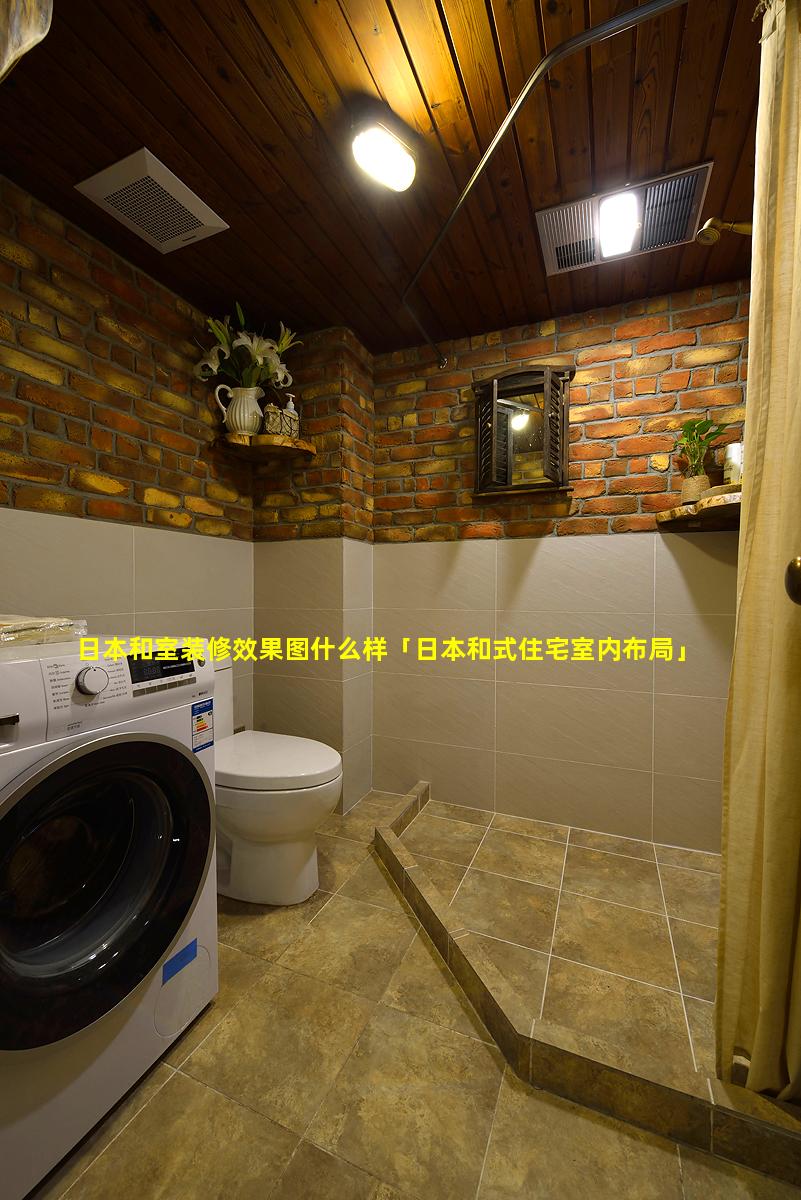
3、日本和式室内风格特征
日本和式室内风格特征:
自然元素:使用天然材料,如木材、竹子、石材和纸
强调与自然界的联系,通过引入植物或自然光等元素
注重空气流通和自然采光
简约主义:重视简洁和秩序
避免凌乱和过度装饰
使用中性色调和简单的线条
空间流动:开放式布局,房间之间无隔断
推拉门和隔屏用于分隔空间,但不完全封闭
重视视线流畅
多功能空间:
房间可用于多种用途
例如,起居室兼作用餐区或卧室
通过使用可移动家具和隔断实现
传统元素:运用传统日本元素,如榻榻米地板、障子纸(半透明纸门)和缘侧(有屋顶的阳台)
使用传统图案和装饰,如花朵、鸟类和几何图案
实用性:注重舒适和功能性
家具低矮,靠近地板
设有内置式储物空间和多功能家具
平静和宁静:
营造平静和宁静的氛围
通过自然元素、简约设计和柔和的照明
注重冥想和放松
其他特征:浅色调:白色、米色和浅木色为主
纹理:榻榻米地板,竹编墙和生丝织物等自然纹理
不对称性:非对称的布局和元素,创造视觉兴趣
季节性:室内装饰根据季节变化,反映自然界的美
4、日本和室装修效果图
Here are some specific room decor ideas that you can use to create a Japanesestyle living room:
Use natural materials. Japanese homes traditionally make use of natural materials such as wood, stone, paper, bamboo mats, and tatami flooring, especially if you want to create a sense of peace and tranquility. Consider using these materials in your own living room to create a similar effect. For example, you could use wooden furniture, a stone coffee table, paper lanterns, bamboo blinds, and tatami mats on the floor.
Keep furniture to a minimum. Japanese homes are traditionally quite minimalist, with only the essential pieces of furniture. This is because the Japanese believe that less is more, and that too much furniture can clutter up a space and make it feel cramped. When choosing furniture for your Japanesestyle living room, opt for pieces that are simple, elegant, and functional. Avoid using too much furniture, and leave plenty of open space in the room.
Make the most of available light. Japanese homes traditionally make use of natural light to create a sense of openness and airiness. This is because the Japanese believe that natural light is beneficial for both physical and mental health. When designing your Japanesestyle living room, try to make the most of available light. Use large windows to let in plenty of natural light, and avoid using heavy curtains or blinds that could block out the light.
Incorporate traditional features. There are a number of traditional features that you can incorporate into your Japanesestyle living room to give it an authentic look and feel. These features include tatami mats, shoji screens, and wooden accents. Tatami mats are a type of flooring made from woven straw, and they are traditionally used in Japanese homes. Shoji screens are a type of sliding door or window made from paper and wood, and they are used to divide rooms or to create privacy. Wooden accents can be used in a variety of ways in a Japanesestyle living room, such as on furniture, walls, and ceilings.
Here are some additional tips for creating a Japanesestyle living room:
1. Choose a neutral color palette. Japanese homes traditionally use a neutral color palette, with colors such as white, black, gray, and brown. This is because these colors are believed to be calming and peaceful. When choosing colors for your Japanesestyle living room, opt for neutral colors that will create a sense of serenity.
2. Use plants. Plants are often used in Japanese homes to create a sense of connection with nature. When choosing plants for your Japanesestyle living room, opt for plants that are native to Japan, such as bamboo, bonsai trees, and cherry blossom trees.
3. Create a focal point. Every room needs a focal point, and this is especially true for Japanesestyle living rooms. The focal point of your room could be a piece of artwork, a decorative object, or even a window with a view of a garden.
4. Pay attention to the details. The details are what make a Japanesestyle living room truly special. When decorating your room, pay attention to the small details, such as the type of lighting you use, the way you arrange your furniture, and the accessories you choose.
